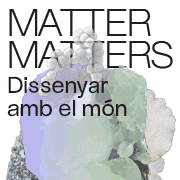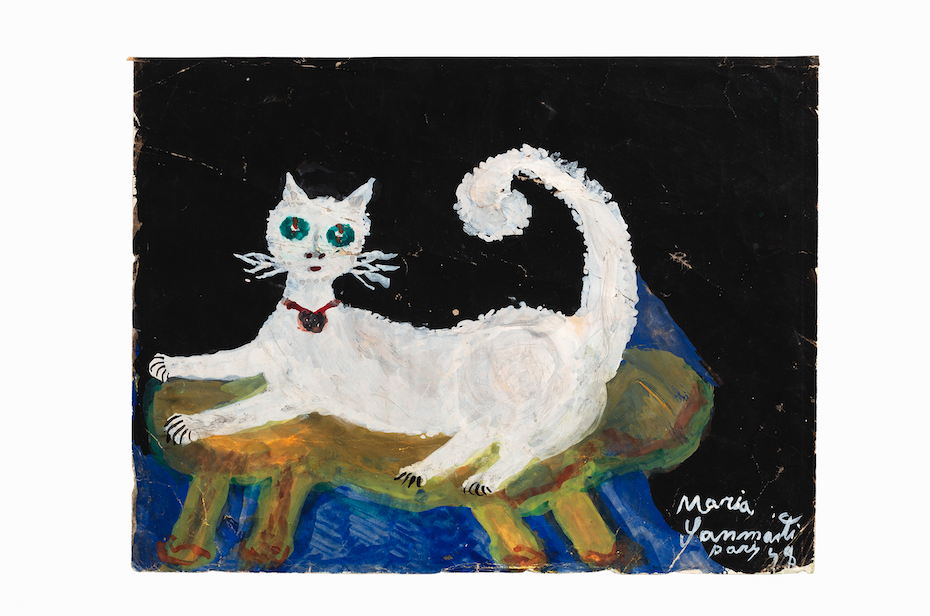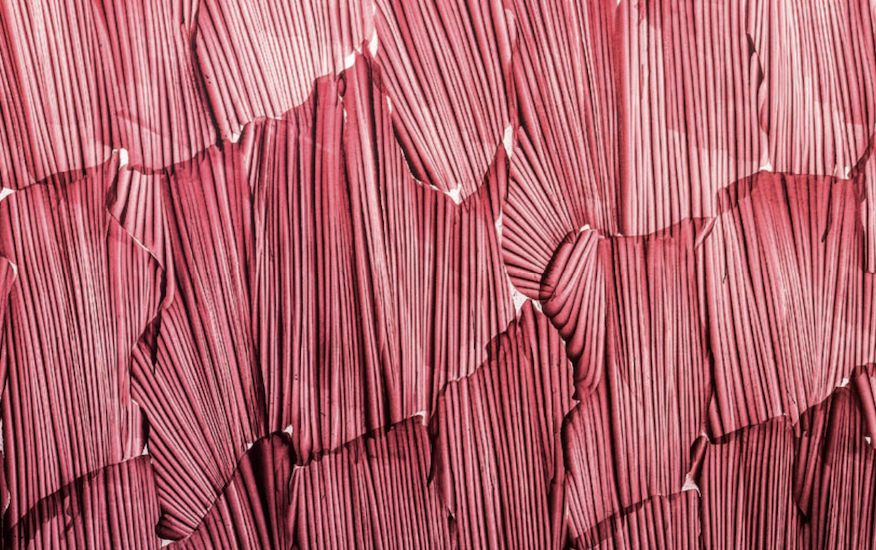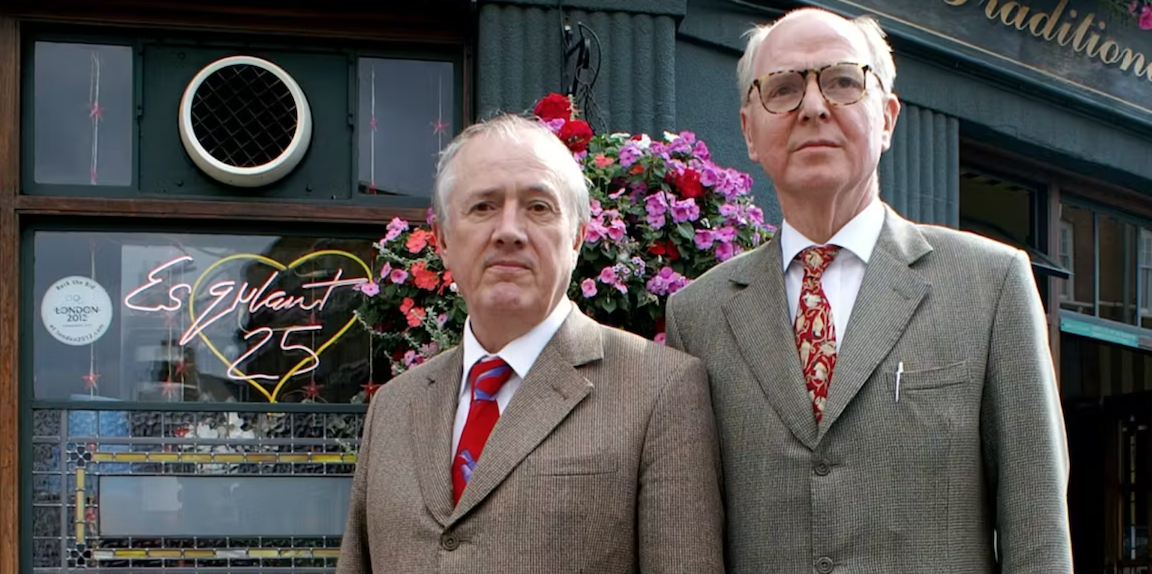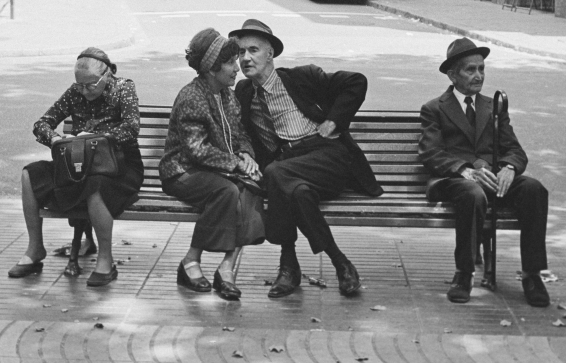Exhibitions
'Esclats d'un instant: 90's' at the Girona Art Museum
The exhibition is another step to give visibility to the works of women artists that the Museum keeps in its collections, and that today are not yet exhibited in the rooms. The exhibition can be visited until February 2, 2025.
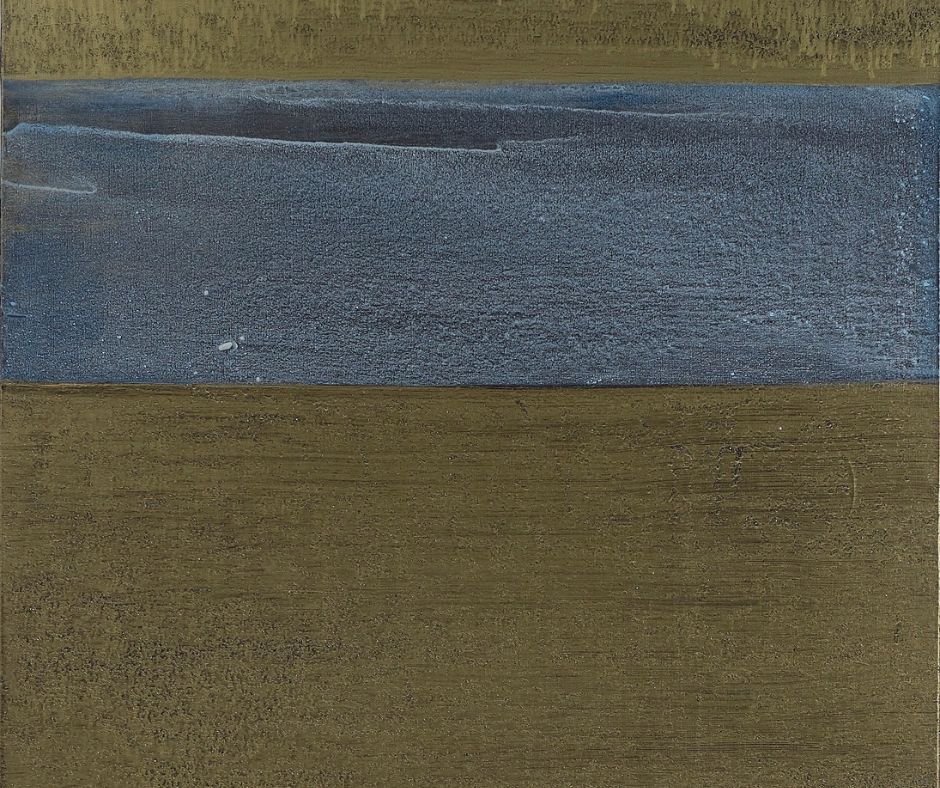
The combative nature of post-war women artists was overshadowed for various reasons, but above all, as the writer Maria Aurèlia Capmany says in the text of the catalog of the VIII Saló Femení d'Art Actual (1969), "there is a historical fact, documentary, yes, that we have no right to forget: the history of painting offers us abundant examples of male painters and few, very few, examples of female painters". Let's not forget that these salons were the most challenging platform for women's proposals in a bleak context that the old regime wanted to silence.
Many years passed so that the works of these artists could come to light and have a proven presence in individual and group exhibitions. The resistance of many of them to maintain themselves over the years led, in many cases, to terrifying difficulties. With democracy, the artistic landscape changed radically. A wide range of new artists grew, giving more voice and prominence to the artistic sphere with the contribution of new plastic and technical approaches.
The Girona Art Museum, always sensitive to reflecting on the role of women in the arts of our country, exhibits a second part of the exhibition Esclats d'un instant: 90's, curated by the historian and art critic Elina Norandi, who complements and enriches the vision of the first edition, which embraced until the seventies and which from now on breaks the gender prejudices so evident in the presentation and exhibition of the background of the historical newspaper Avui.
We can now see the works that in a second campaign, in 1994, the newspaper called to expand its fund and that were given in a political, cultural and artistic context that had already changed. The artists on this occasion were few, about twenty. The most veteran and historical ones such as Madola, Maria Bofill, Amèlia Riera, Maria Girona, Colita, Assumpció Raventós, Àngels Ribé, Elena Paredes, Kima Guitart and Montserrat Costa, among others, as well as younger ones such as Elisabet Mabres, Assumpció Mateu, Begoña Egurbide, Anna Mauri, etc. An exhibition that reflects a rich variety of subjects, styles, currents and very diverse concepts.
With this selection, it is possible to assess from a historical perspective the very heterogeneous creative reality that women's art gave to Catalonia, emphasizing its significance.


